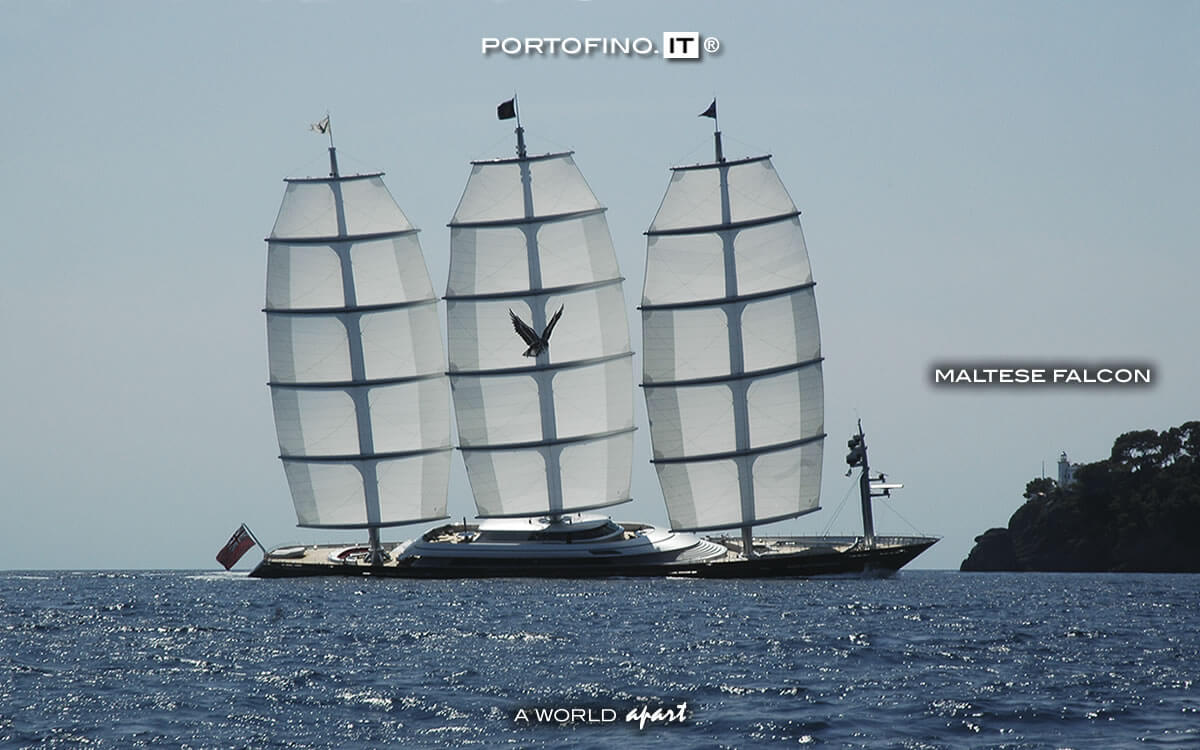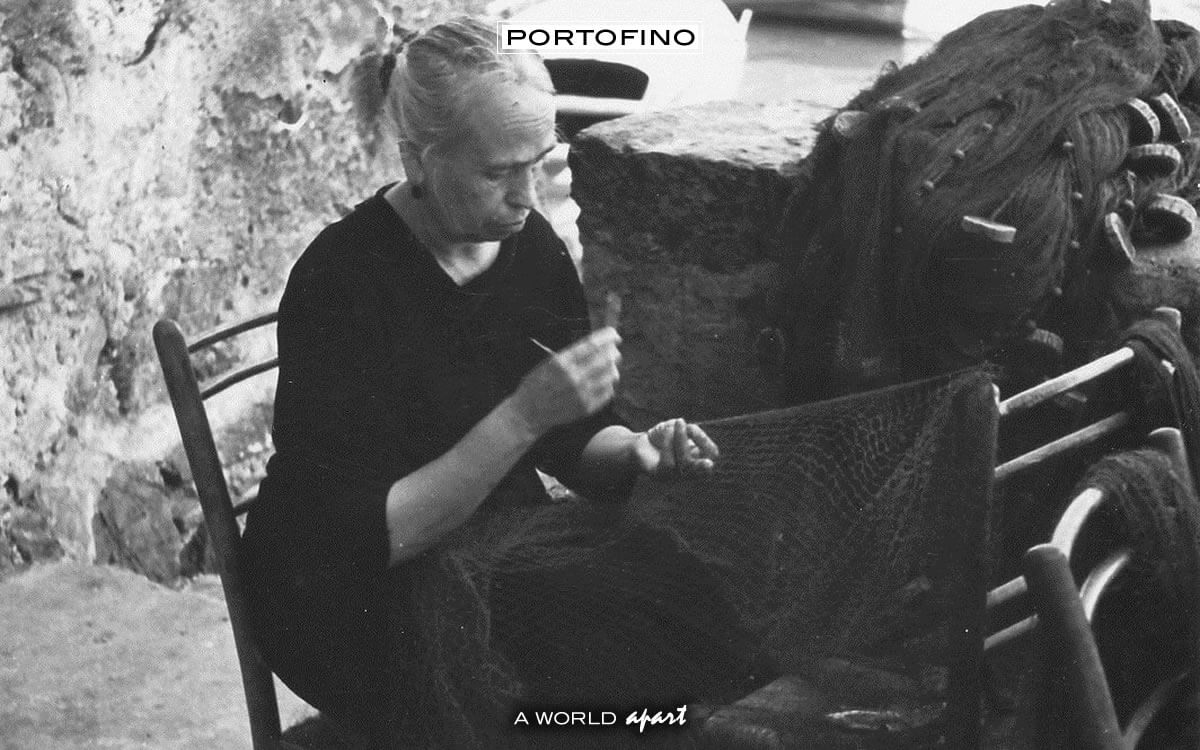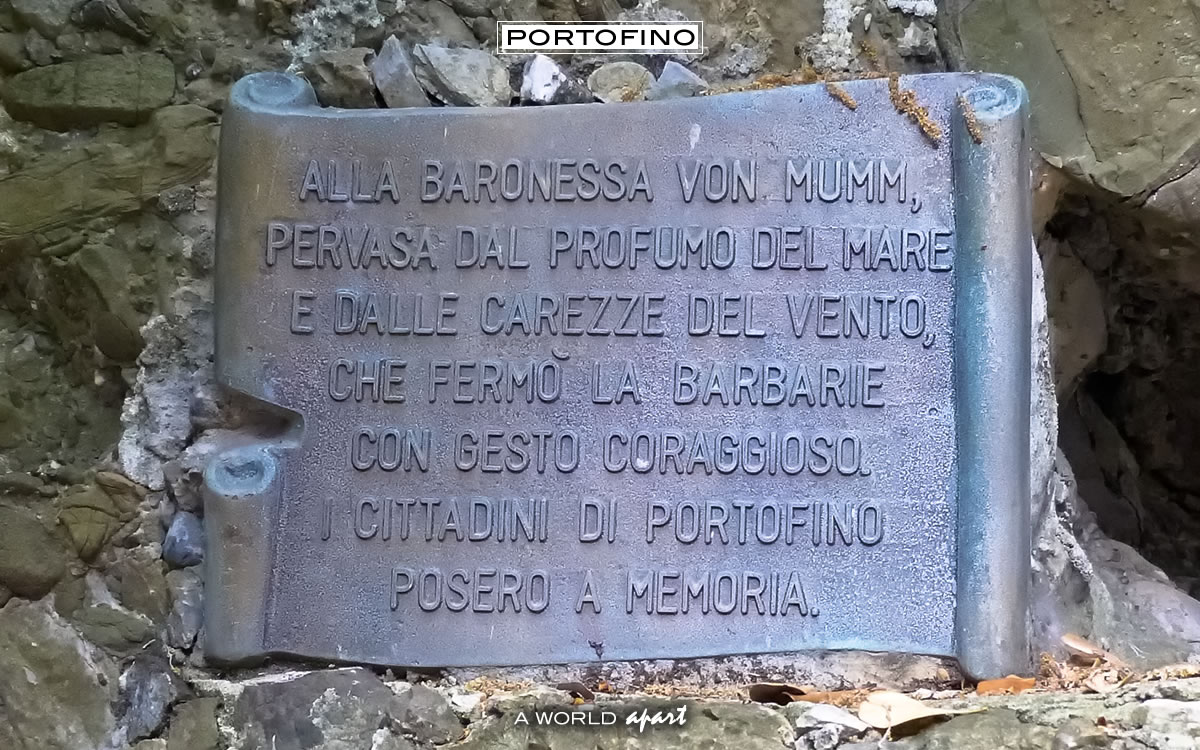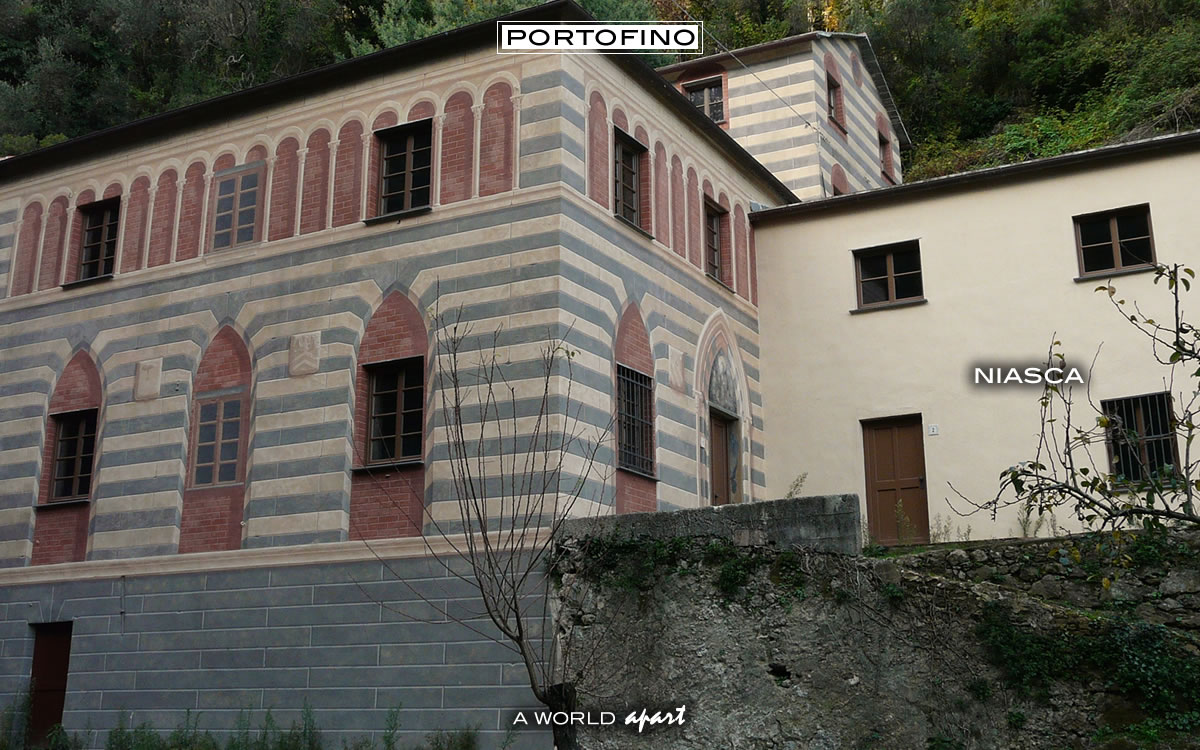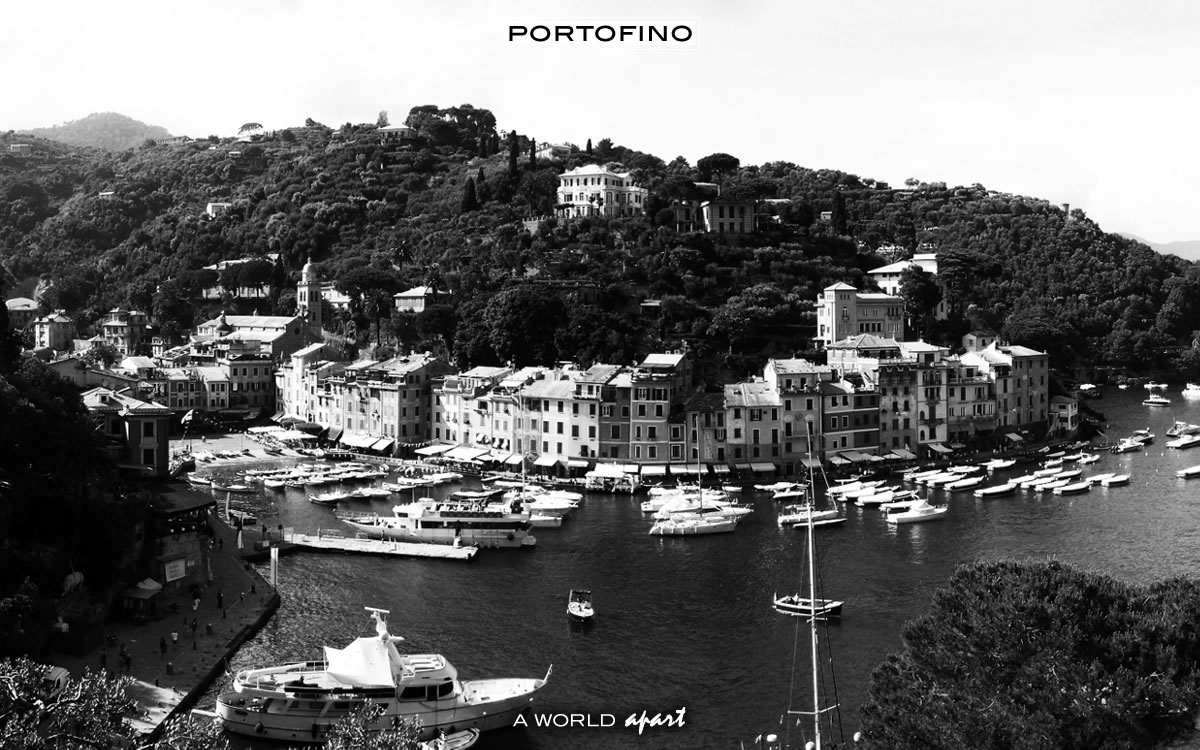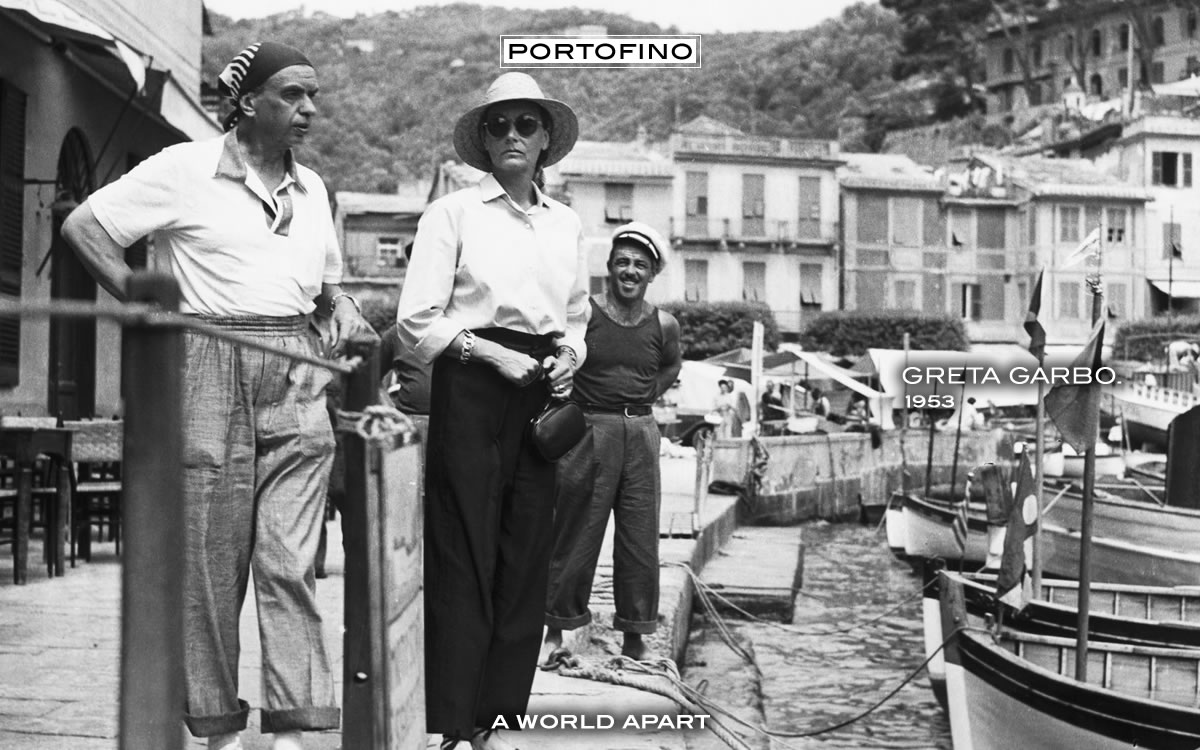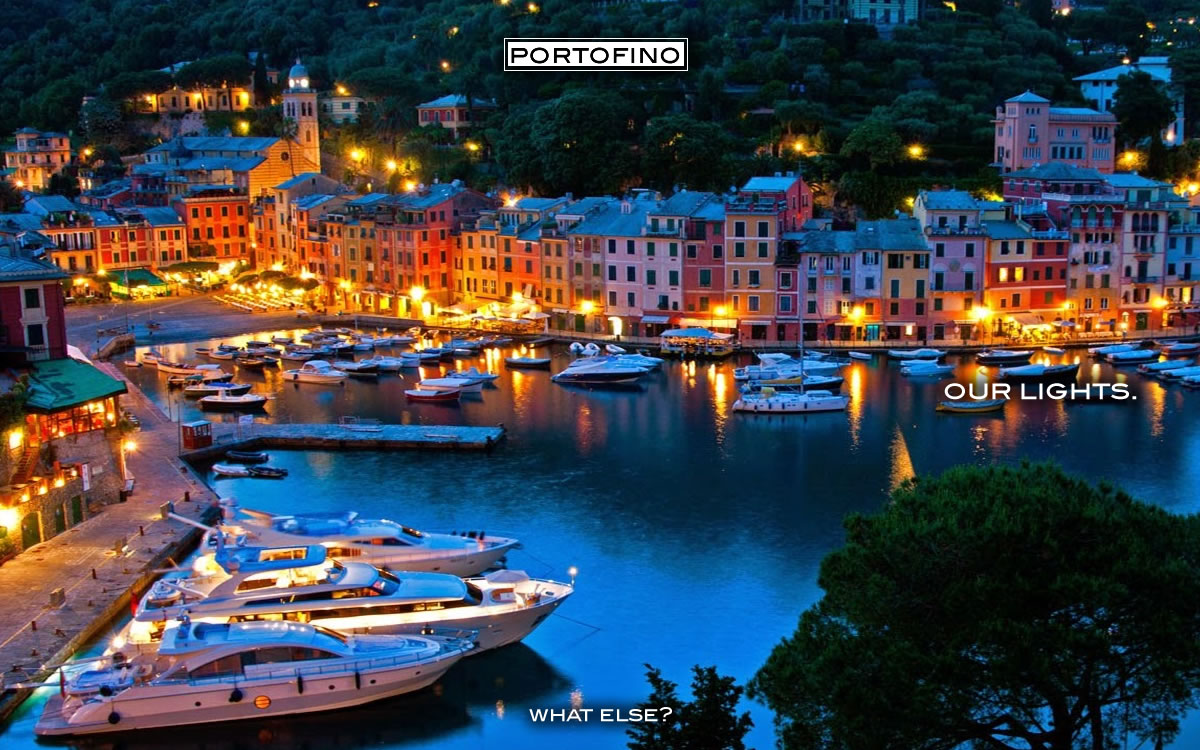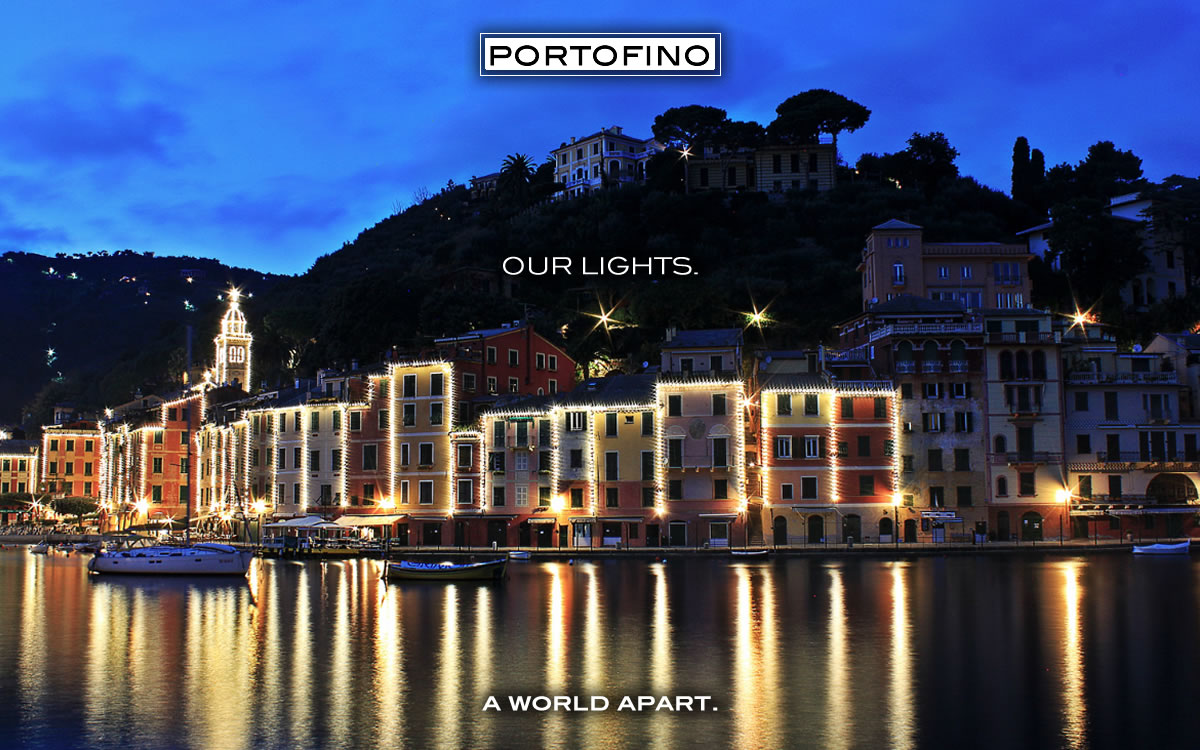
The most typical Genoese sauce is Pesto
The XIX century was its golden age, and with the revival of historical research and investigation into customs and traditions of Liguria, a first collection of cookery recipes was published by G. B. Ratto with his “Cuciniera Genovese”; in it, the author not only gave excellent instructions and advice on the proper preparation of savory food but reminded cooks that they were artists requiring a delicate palate and good taste to maintain intact their sensibility and instinct, these being more necessary to them than scales to achieve perfection.

